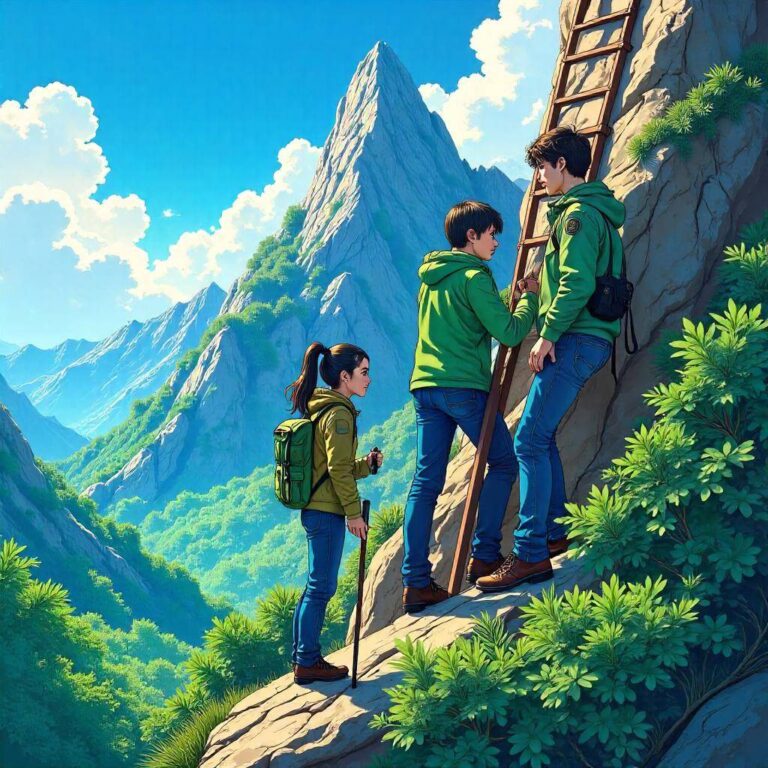Your Ultimate Guide to Climbing Mount Fuji: Insights and Tips for an Unforgettable Experience Mount Fuji, known as Fujisan in Japanese, stands majestically at 3,776 meters and is Japan’s highest peak. A symbol of beauty and resilience, climbing Mount Fuji
is a rite of passage for many travelers visiting Japan. However, scaling this iconic mountain requires careful planning and preparation. This guide provides you with all the information you need, from practical logistics to insider tips, so you can enjoy a rewarding and safe climb. Practical Logistics for Climbing Mount Fuji Getting There Transportation Options To reach Mount Fuji, the most common access points are the Fujisan 5th Station and the Subashiri 5th Station. Here are your transportation options: – From Tokyo: Take the JR Chuo Line to Otsuki Station. Transfer to the Fujikyu Railway and take the Fujisan Limited Express to Fujisan Station. From there, use a bus to the 5th Station. – Cost: Approximately 2,500 JPY (one way). – From Shinjuku: Take a direct bus from Shinjuku Station to the 5th Station. This is the most convenient option. – Cost: Approximately 2,500 JPY (one way). – From Kyoto/Osaka: Take the Shinkansen (bullet train) to Mishima Station, then transfer to a bus heading to the 5th Station. Best Time to Visit The official climbing season for Mount Fuji runs from July 1 to September 10. During this period, the mountain huts are open, and the weather conditions are most favorable. Outside of this season, climbing is not recommended due to heavy snowfall and adverse weather conditions. What to Bring Preparing for a climb involves much more than just physical readiness; you must equip yourself with the right gear: – Clothing: Layered clothing is essential. Start with moisture-wicking base layers, an insulating layer (like a fleece), and a waterproof outer layer. Don’t forget insulated gloves and a warm hat. – Footwear: Sturdy, waterproof hiking boots are crucial for navigating rocky terrain. – Backpack: A lightweight backpack to carry your essentials, including water, food, and emergency gear. – Food and Water: Hydration is key, so carry at least 2 liters of water and lightweight snacks like energy bars. – Headlamp: If you plan to start your climb early morning or late evening, a headlamp is invaluable. – First Aid Kit: Include essentials like band-aids, blister treatment, and any personal medications. Mountain Hut Reservations Mountain huts are located along the climbing routes and provide shelter, meals, and rest. It’s vital to reserve a spot in advance, particularly during peak season. Many climbers opt for a night in a hut to acclimatize and tackle the summit at sunrise. – Cost: Approximately 8,000-12,000 JPY per night, including dinner and breakfast. Cultural Insights Respect the Mountain Mount Fuji is revered in Japanese culture, not just for its beauty, but as a sacred site. As you climb, remember to: – Follow the Rules: Stay on the designated paths, and do not litter. This maintains the mountain’s natural beauty and respects its cultural significance. – Politeness: Greet fellow climbers with a simple “Konnichiwa” (hello) as you pass by—it’s a common courtesy in Japan. The Spiritual Experience Many climbers choose to scale Fuji for spiritual reasons, often aiming to reach the summit for sunrise, known as “Goraiko.” This is an awe-inspiring moment that transcends the physical challenge of the climb. Insider Tips Timing Your Ascent To avoid crowds, start your climb during the early morning hours (around 2 AM) or late evening to witness the sunrise at the summit. The ascent usually takes about 5-7 hours, while the descent takes approximately 3-5 hours. Hydration and Nutrition Stay hydrated throughout your climb. While mountain huts sell water and snacks at higher prices, it’s wise to carry some with you. Energy gels, nuts, and high-calorie snacks will keep your energy levels up. Resting at Mountain Huts Resting at Mountain Huts It is said that Junko Tabei, the first woman to summit Mount Everest and an avid climber, once mentioned on television that it’s a good idea to take breaks at each mountain hut when climbing Mount Fuji. Is This True? Yes! Taking breaks at mountain huts is highly recommended, especially if you feel fatigued or short of breath. Each hut provides a place to rest, and many have amenities like toilets and food options. They also allow for a much-needed hydration and nutrition boost before continuing your ascent. Budget Considerations Climbing Mount Fuji can vary in cost depending on several factors: – Transportation: 5,000 JPY (round trip). – Mountain Hut: 10,000 JPY (average for one night). – Food and Water: 3,000 JPY (for snacks and meals at huts). – Miscellaneous (gear rental, etc.): 5,000 JPY. Total Estimated Cost Expect to spend around 25,000 JPY (approximately $225 USD) for a comfortable climbing experience. Step-by-Step Planning Advice Step 1: Research and Preparation Start by researching the best climbing routes: Yoshida, Subashiri, Fujinomiya, and Gotemba. Each offers unique experiences, with Yoshida being the most popular due to its accessibility. Step 2: Create a Detailed Itinerary Plan your climbing itinerary, including your departure city, transportation, and whether you want to stay in a mountain hut or camp. Consider making a climbing schedule and calculating your expected climbing time. Step 3: Make Reservations Secure your hut reservations early and buy your transportation tickets in advance. Use services like Japan Rail Pass or individual train tickets. Also, consider booking an experienced guide if you’re a first-time climber. Step 4: Gear Up Invest in quality gear. If you don’t want to buy everything, many shops in Tokyo and Fujiyoshida rent equipment at reasonable prices. Step 5: Final Preparations A week before your climb, check the weather forecast and ensure your physical fitness is up to par. Review safety tips and climbing etiquette. Hidden Gems and Local Secrets While climbing Mount Fuji is a bucket-list experience, the surrounding areas boast hidden gems that enhance your trip: – Lake Kawaguchi: A picturesque lake near Mount Fuji offering stunning views, hot springs, and boat rides. Ideal for relaxation post-climb. – Oshino Hakkai: A serene village with crystal-clear ponds fed by Mount Fuji’s melting snow. It’s known for its traditional thatched-roof houses and stunning views of the mountain. – Fujisan World Heritage Center: A great starting point for your journey to learn about the cultural and natural significance of Mount Fuji. Common Mistakes to Avoid 1. Underestimating the Climb: Many first-time climbers underestimate the difficulty of the ascent. Ensure you are physically prepared. 2. Ignoring Weather Changes: Weather can change rapidly on the mountain. Always check forecasts and be prepared for sudden shifts. 3. Starting Late: Climbing during daylight is safer. Starting too late increases the risk of not making it to the summit before dark. 4. Not Reserving a Hut: Failing to book a mountain hut can lead to a challenging experience, especially during peak season. 5. Neglecting Hydration: Dehydration is common among climbers. Don’t wait until you’re thirsty to drink. Accessibility Options For those with mobility challenges, climbing Mount Fuji can be difficult. However, the 5th Station is accessible via bus and has limited facilities. Consider hiring a guide who specializes in accessible climbing if you wish to experience the mountain. Conclusion Climbing Mount Fuji is not just a hike; it’s an adventure filled with cultural significance, breathtaking views, and personal achievement. With the right planning, you can navigate the logistics, respect the cultural aspects, and make the most of your experience. Whether standing at the peak for sunrise or enjoying the peacefulness of a mountain hut, your adventure on Mount Fuji will be one for the memories. Prepare well, respect the mountain, and enjoy every moment of your climb!

Posted inJapan Trip


